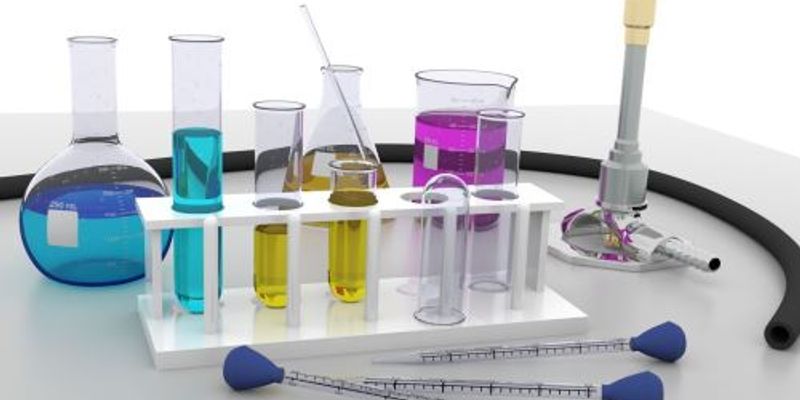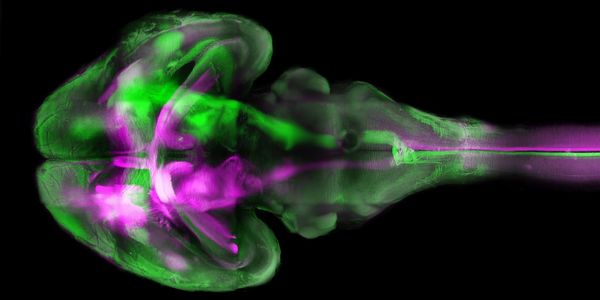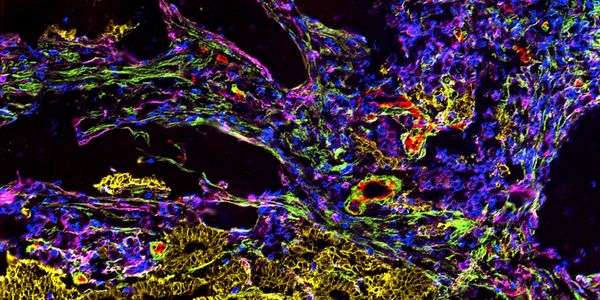Lab Equipment
Lab Equipment: are tools and equipment used by scientists who work in laboratories. The average equipment you'd see in a lab would include tools such as Bunsen burners and microscopes as well as specialty equipment such as operant conditioning chambers, spectrophotometers and calorimeters.
-
There is growing concern about the reliability of biomedical research results. Poor experimental design, inappropriate analysis methods and incomplete reporting have all contributed to incon...
Pain management includes the choice of analgesia agents, their dose, administration method, duration and frequency of treatment, and a pain-monitoring scheme for each individual animal. Insu...
DEC 17, 2020 | 9:00 AM
Date: December 17, 2020 Time: 9:00am (PST), 12:00pm (EST) Correlative light and electron microscopy (CLEM) advances biological discoveries by merging different microscopes and imaging moda...
Speaker:
Elizabeth Wright, Ph.D.
, Jae Yang, Ph.D.
, Bryan Sibert, Ph.D.
, Joseph Kim
Sponsored By: Leica Microsystems,
Alveole
To execute COVID-19 testing strategies effectively, labs need to procure reliable components of the workflow without interruption – from reagents to equipment and consumables at the sc...
NOV 18, 2020 | 8:00 AM
DATE: November 18, 2020 TIME: 08:00am PDT We develop and implement technologies to solve some of the major bottlenecks in biomedical research. In particular, we establish new imaging approac...
Testing volumes need to increase by orders of magnitude in order to restore communities back to normality. This workshop focuses on solutions that equip laboratories to participate in expand...
Speaker:
Dr. Jared R. Auclair
, Frank Ong, MD, CPI, CCRP
Presented at: Clinical Diagnostics & Research Virtual Event Series 2020
Sponsored By: Thermo Fisher Scientific
Sponsored By: Thermo Fisher Scientific
Tumor phenotypes are dictated not only by the neoplastic cell component, but also by the tumor microenvironment (TME), which is inherently immuno-suppressive, is equipped to hamper effector...
Speaker:
Dr. Sergio Rutella
Presented at: Cancer Research & Oncology Week Virtual Event Series 2020
Sponsored By: NanoString Technologies
Sponsored By: NanoString Technologies
OCT 01, 2020 | 10:00 AM
Date: October 10, 2020 Time: 10:00am (PDT), 1:00pm (EDT) Rodent bile collection studies can be challenging. Not only do they require a technically difficult surgery, but there is also a lear...
RNA plays important and diverse roles in biology, but molecular tools to manipulate and measure RNA are limited. We demonstrate that RNA-targeting CRISPR effector Cas13 can be engineered for...
Speaker:
Omar Abudayyeh, PhD
, Jonathan Gootenberg, PhD
Presented at: CRISPR Virtual Event Series 2020
The CRISPR/Cas genome editing system has revolutionized nearly every aspect of the life science industry. Until recently, the most used formats for this technology have been plasmids, mRNA,...
Speaker:
Gurpreet Balrey, PhD
, Peter Romanienko, PhD
CRISPR-based genome editing has accelerated biological research and holds great potential for studying and treating human diseases. The CRISPR-Cas9 system requires a Cas9 nuclease and a guid...
Speaker:
James Goldmeyer, PhD























